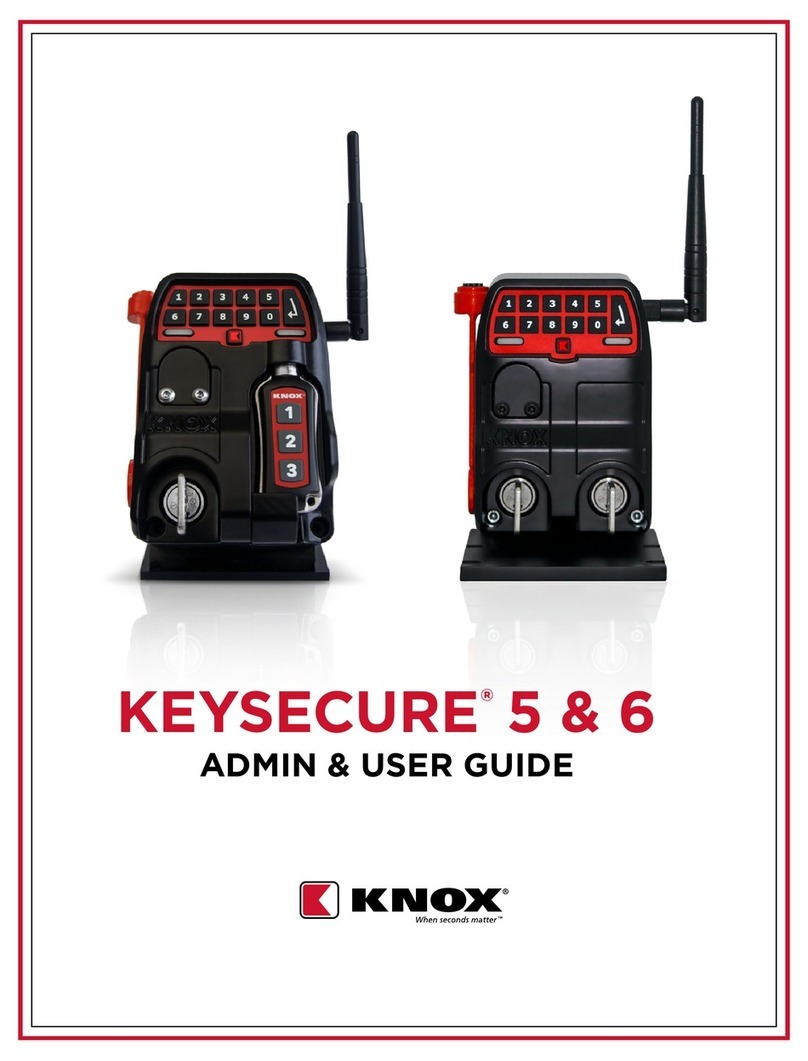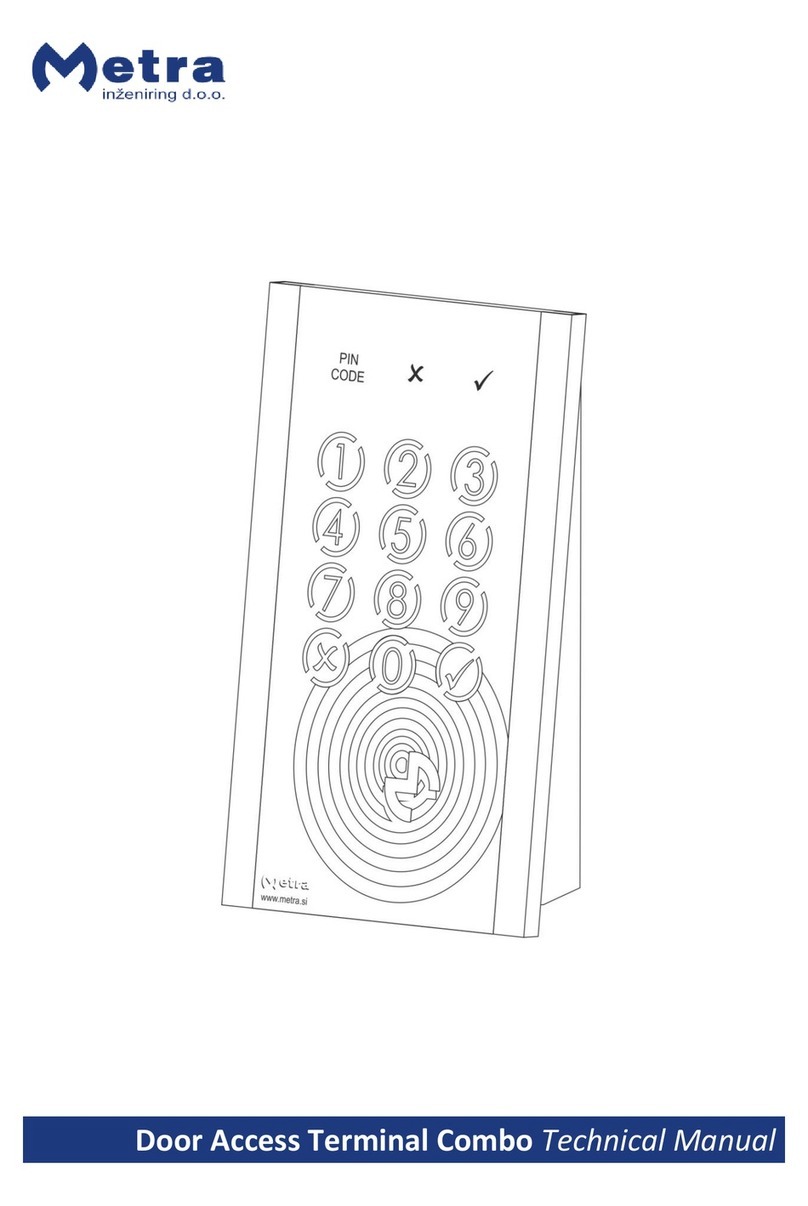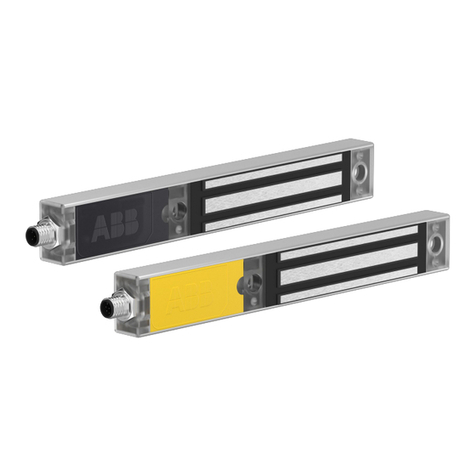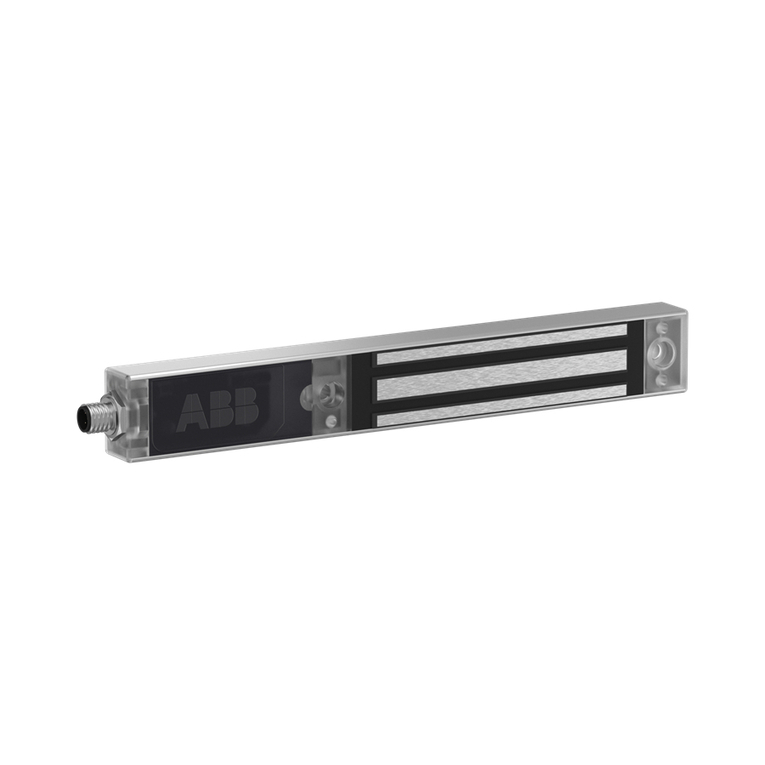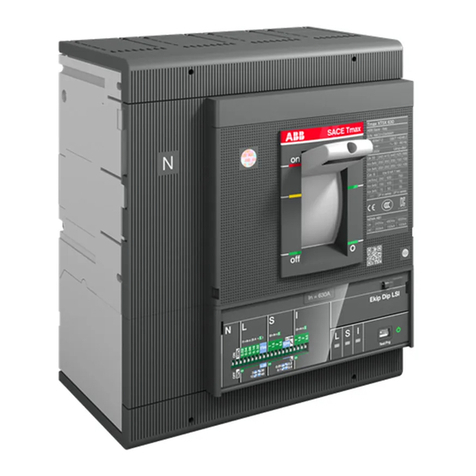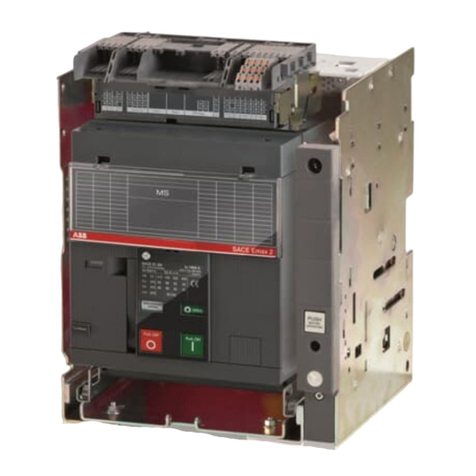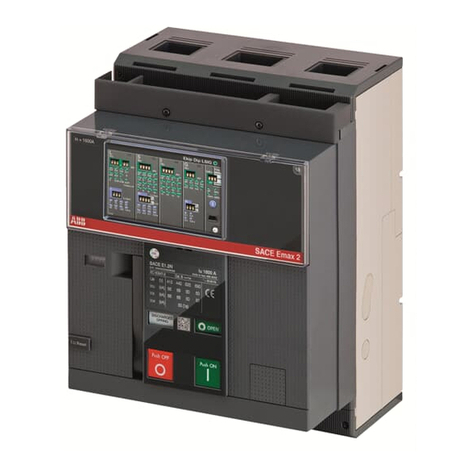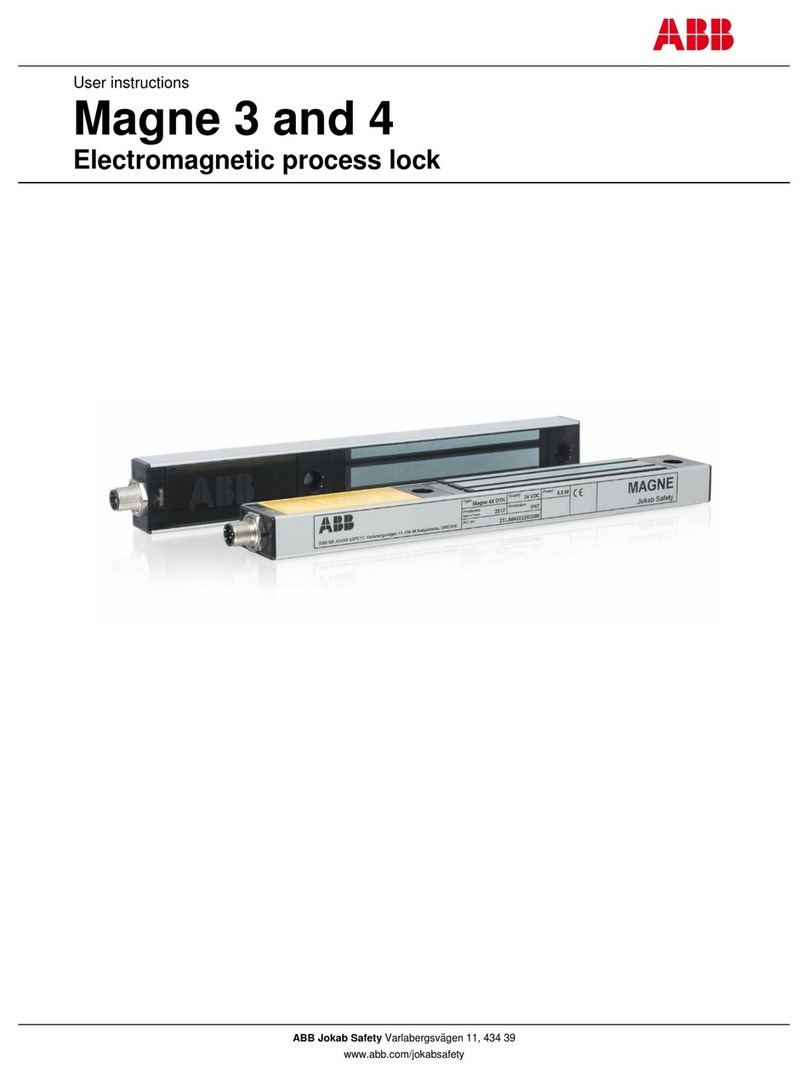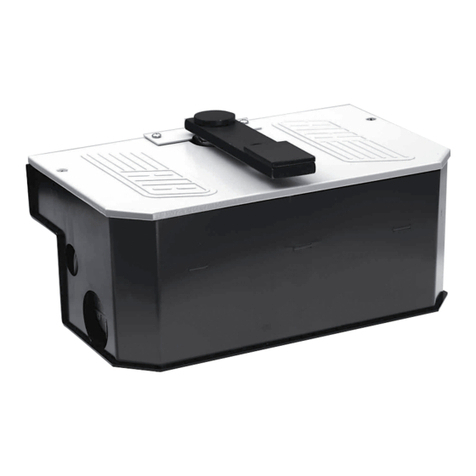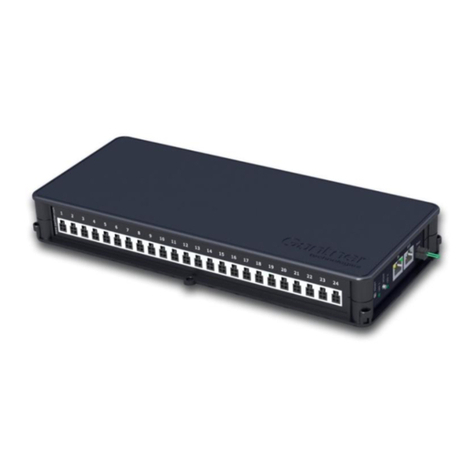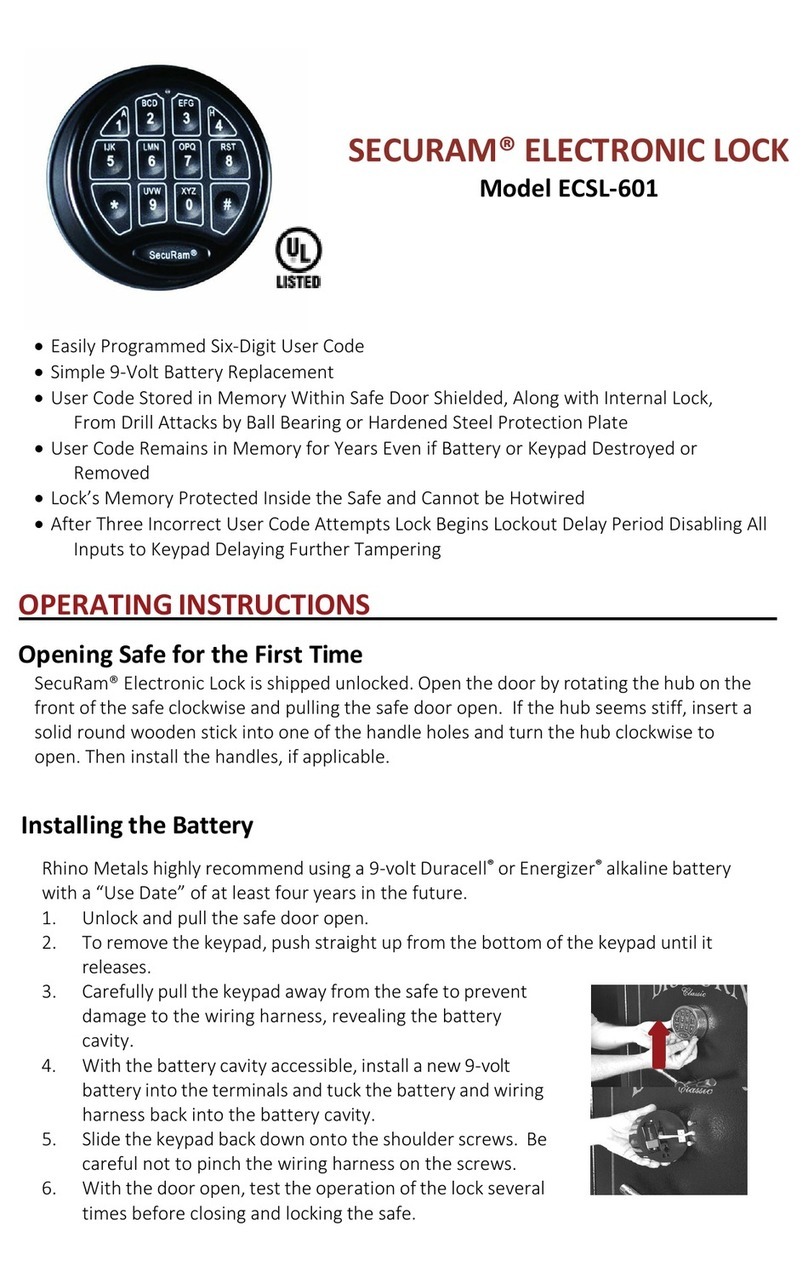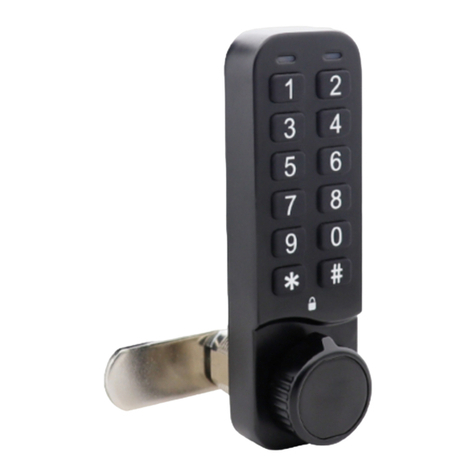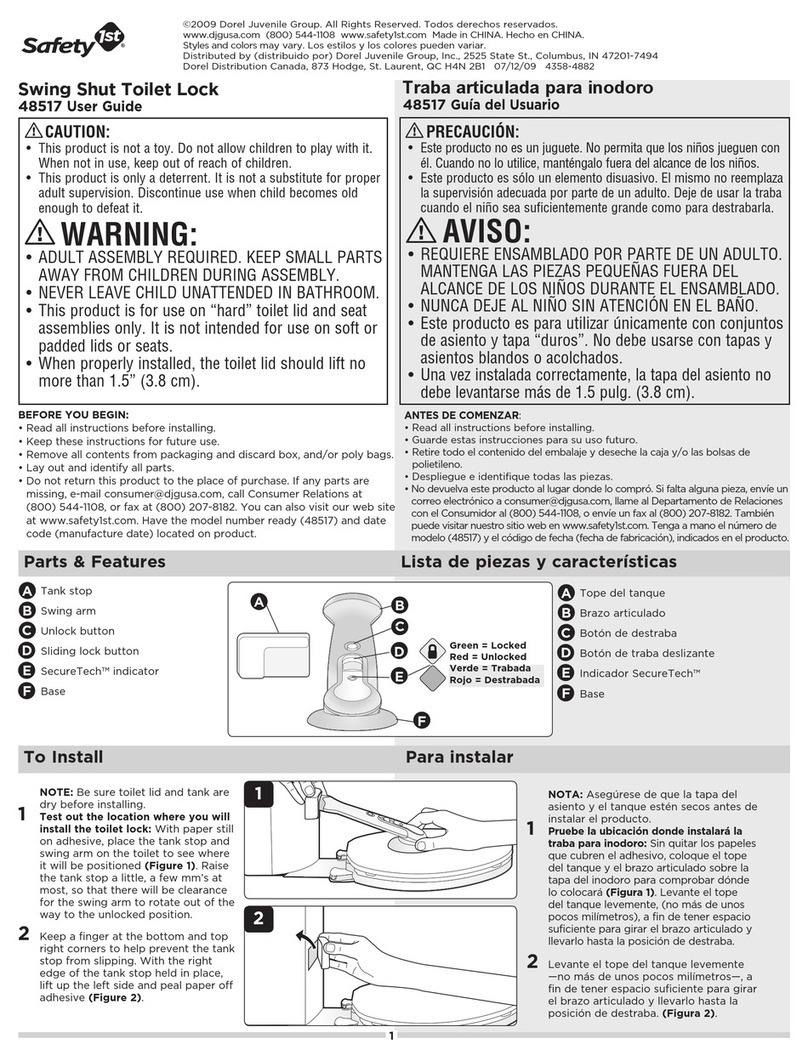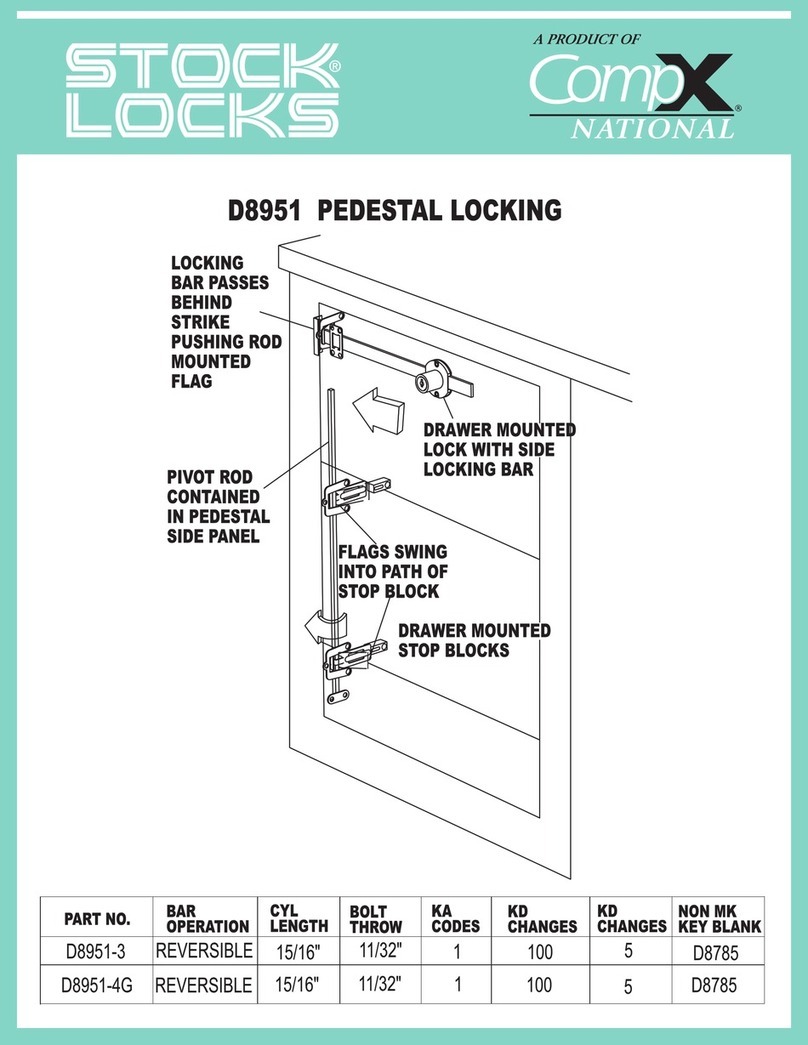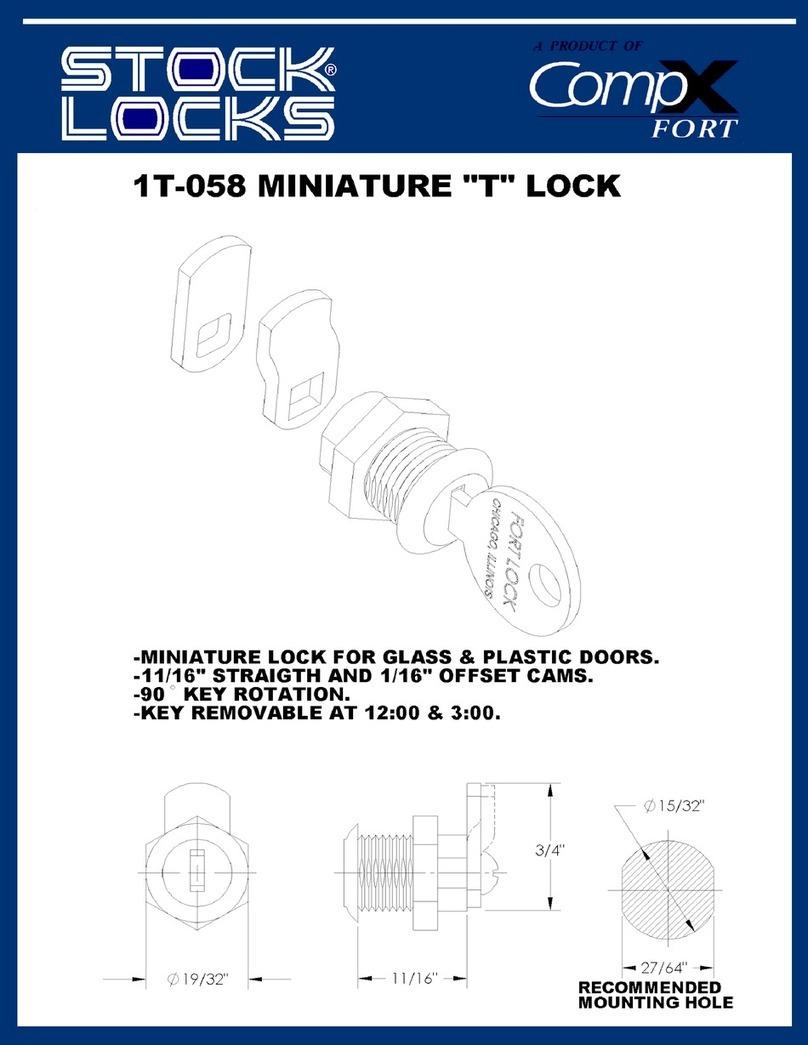
Y3
Y4
22 (min. 21 - max. 22.5)
0.86" (min. 0.83" - max. 0.89)
Y6
Y7
Y8
Y4 Y3
REGOLAZIONE:
N.B. Nelle regolazioni quando si agisce sui dadi non far ruotare su sé stessi i
puntali dei cavi
1 Inserire le parti mobili nelle parti fisse (se estraibili) e sganciare le molle
2 Chiudere l’interruttore ‘‘CB1’’
3.1 Tirare i cavi ‘‘Y2’’ degli interruttori chiusi verso il basso fino a portare i
tiranti ‘‘Y4’’ degli interruttori aperti in battuta sul piano ‘‘Y3’’
3.2 Bloccare il grano M4 ‘‘Y1’’ (1,5 Nm / 13.3 lb in) e chiudere il relativo
controdado ‘‘Y5’’ (1.5 Nm / 13.3 lb in)
4 Aprire l’interruttore ‘‘CB1’’
5 Chiudere l’interruttore ‘‘CB2’’ e ripetere i punti 3.1 e 3.2
6 Aprire l’interruttore ‘‘CB2’’
7 Chiudere l’interruttore ‘‘CB3’’ e ripetere i punti 3.1 e 3.2
8 Aprire l’interruttore ‘‘CB3’’
9 Eseguire alcune manovre di chiusura e apertura, quindi verificare la
battuta dei tiranti ‘‘Y4’’ sul piano ‘‘Y3’’
10 Aprire gli interruttori chiusi e riagganciare le molle
11 Chiudere l’interruttore ‘‘CB3’’ e caricare le molle di chiusura
dell’interruttore ‘‘CB1’’e dell’interruttore ‘‘CB2’’.
12 Muovere in direzione verticale la slitta ‘‘Y8’’ dell’interrutore ‘‘CB1’’ fino a
portare il segnalatore ‘‘Y6’’ centrato nella finestra.
Se necessario, è possibile modificare la quota 22 (0.86") agendo sui dadi
‘‘Y7’’ rispettando i valori min. e max. indicati
13 Ribloccare i dadi ‘‘Y7’’ (3 Nm / 26.5 lb-in)
14 Ripetere i punti 2 e 3 operando su ‘‘CB2’’ anziché su ‘‘CB1’’
15 Aprire l’interruttore ‘‘CB3’’ e caricare le molle di chiusura.
16 Chiudere l’interruttore ‘‘CB1’’ e ripetere i punti 2 e 3 sulla slitta ‘‘Y8’’ di
‘‘CB3’’ e ‘‘CB2’’
17 Aprire l’interruttore ‘‘CB1’’
18 Chiudere l’interruttore ‘‘CB2’’ e ripetere i punti 2 e 3 sulla slitta ‘Y8’’ di
‘‘CB3’’ e ‘‘CB1’’
19 Aprire l’interruttore ‘‘CB2’’. Chiudere e riaprire l’interruttore ‘‘CB3’’
e ‘‘CB1’’ per scaricare le molle
20 Eseguire alcune manovre di chiusura e apertura, quindi verificare la
battuta dei tiranti ‘‘Y4’’ sul piano ‘‘Y3’’
ADJUSTMENT:
NOTE: During adjustments, do not allow the cable terminals to rotate
when working on the nuts
1 Insert the moving parts into the fixed parts (if withdrawable) and release
the springs
2 Close the circuit-breaker ‘‘CB1’’
3.1 Pull the cables ‘‘Y2’’ of the closed circuit-breakers downwards and bring
the tie-rods ‘‘Y4’’ of the open circuit-breakers to touch the surface ‘‘Y3’’
3.2 Lock the grub screw M4 ‘‘Y1’’ (1.5 Nm / 13.3 lb in) and close the
corresponding lock nut ‘‘Y5’’ (1.5 Nm / 13.3 lb in)
4 Open circuit breaker ‘‘CB1’’
5 Close circuit-breaker ‘‘CB2’’ and repeat steps 3.1 and 3.2
6 Open circuit breaker ‘‘CB2’’
7 Close circuit-breaker ‘‘CB3’’ and repeat steps 3.1 and 3.2
8 Open circuit breaker ‘‘CB3’’
9 Open and close a few times, then make sure that the tie-rods ‘‘Y4’’ touch
lightly against the surface ‘‘Y3’’
10 Open closed circuit-breakers and hook up the springs again
11 Close the circuit-breaker ‘‘CB3’’ and charge the closing springs of
breakers ‘‘CB1’’ and ‘‘CB2’’.
12 Move slide ‘‘Y8’’ of the circuit-breaker ‘‘CB1’’ in vertical direction until the
indicator ‘‘Y6’’ is centered in the window. If necessary, it is possible to
adjust dimension 22 (0.86") operating on nuts ‘‘Y7’’ within the min. and
max. values shown.
13 Retighten nuts ‘‘Y7’’ (3 Nm / 26.5 lb-in).
14 Repeat points 2 and 3 operating on ‘‘CB2’’ instead of CB1’’.
15 Open circuit breaker ‘‘CB3’’ and charge the closing springs.
16 Close breaker ‘‘CB1’’ and repeat points 2 and 3 for slide ‘‘Y8’’ of ‘‘CB3’’
and ‘‘CB2’’.
17 Open circuit breaker ‘‘CB1’
18 Close breaker ‘‘CB2’’ and repeat points 2 and 3 for slide ‘‘Y8’’ of ‘‘CB3’’
and ‘‘CB1’’.
19 Open breaker ‘‘CB2’’. Close and re-open breakers ‘‘CB3’’ and ‘‘CB1’’ to
discharge the springs.
20 Perform a few opening and closing operations, than check that the tie
rods ‘‘Y4’’ are touching against the surface ‘‘Y3’’.


